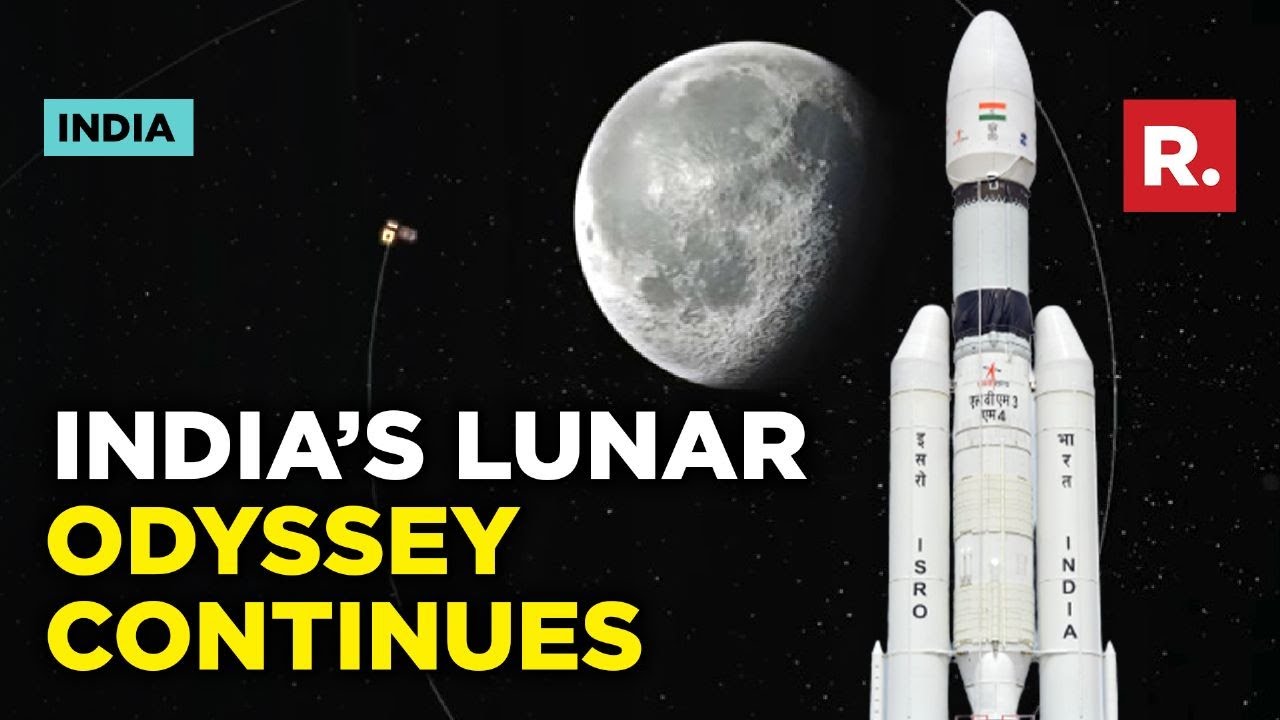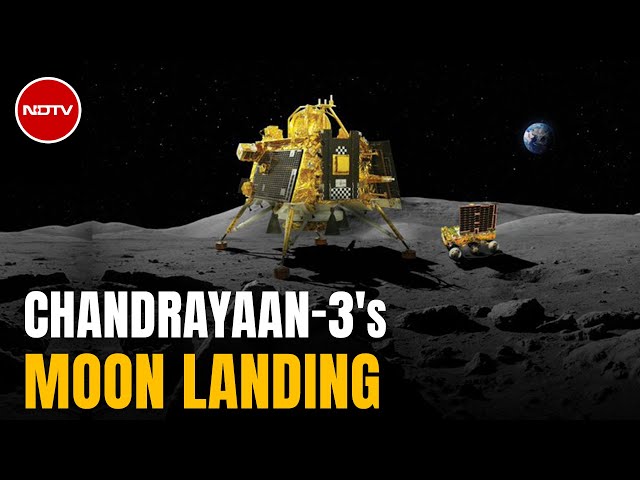Chandrayaan-3: India's Next Lunar Odyssey
Introduction
Building on the legacy of its earlier lunar missions, the Indian Space Research Organisation (ISRO) is gearing up for a new lunar odyssey with Chandrayaan-3. This ambitious mission aims to achieve what its predecessor, Chandrayaan-2, narrowly missed—a successful soft landing on the moon's surface. In this article, we delve into the details of Chandrayaan-3, its objectives, technological advancements, and the significance of India's continued lunar exploration efforts.
Mission Objectives
Chandrayaan-3's primary objective is to accomplish a successful soft landing on the moon's surface, specifically targeting the south pole region. This area holds immense scientific interest due to its potential water ice deposits in permanently shadowed craters. The mission aims to deploy a rover equipped with advanced scientific instruments to analyze the lunar surface, study its composition, and understand its geological evolution.
Learning from Chandrayaan-2
The decision to pursue Chandrayaan-3 was influenced by the lessons learned from the Chandrayaan-2 mission. The setback faced during Chandrayaan-2's lander phase highlighted the complexities and challenges of lunar landings. Chandrayaan-3's development takes into account these challenges, with a renewed focus on precision landing techniques, communication strategies, and redundancy measures to ensure a successful landing.
Technological Advancements
Chandrayaan-3 is expected to incorporate several technological advancements to enhance its chances of success. This includes improvements in navigation and guidance systems, as well as refining the autonomous landing capabilities. Learning from previous experiences, ISRO will work on ensuring the communication link remains robust during the crucial landing phase, providing real-time data to mission controllers.
International Collaborations
Recognizing the global nature of space exploration, ISRO has expressed interest in collaborating with international space agencies and organizations for Chandrayaan-3. Collaborative efforts could include sharing resources, expertise, and data to enhance the mission's scientific outcomes. Such collaborations not only reduce costs but also foster a spirit of cooperation in the quest for lunar knowledge.
Scientific Significance
The success of Chandrayaan-3 would mark a significant milestone for India's space program and lunar exploration efforts. The mission's scientific payload is expected to provide valuable data on the moon's geology, mineral composition, and potential water ice reservoirs. These insights have broader implications for understanding the moon's origin, its role in the solar system's evolution, and its potential as a platform for future space exploration.
Inspiring the Next Generation
Just as its predecessors did, Chandrayaan-3 is set to inspire and engage India's youth in STEM fields. The mission's pursuit of cutting-edge technology and its impact on the global space community serve as a beacon of inspiration for young minds, encouraging them to contribute to India's space ambitions and pursue careers in science, engineering, and technology.
Conclusion
Chandrayaan-3 represents India's unwavering commitment to lunar exploration and scientific advancement. Learning from past experiences, ISRO's determination to achieve a successful lunar landing showcases the agency's resilience and determination. As Chandrayaan-3 aims to unlock the moon's mysteries, it propels India forward on the path of scientific discovery and technological innovation, while also fostering international collaboration and inspiring generations to come.










































































.jpg)



